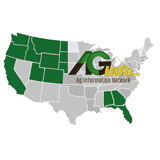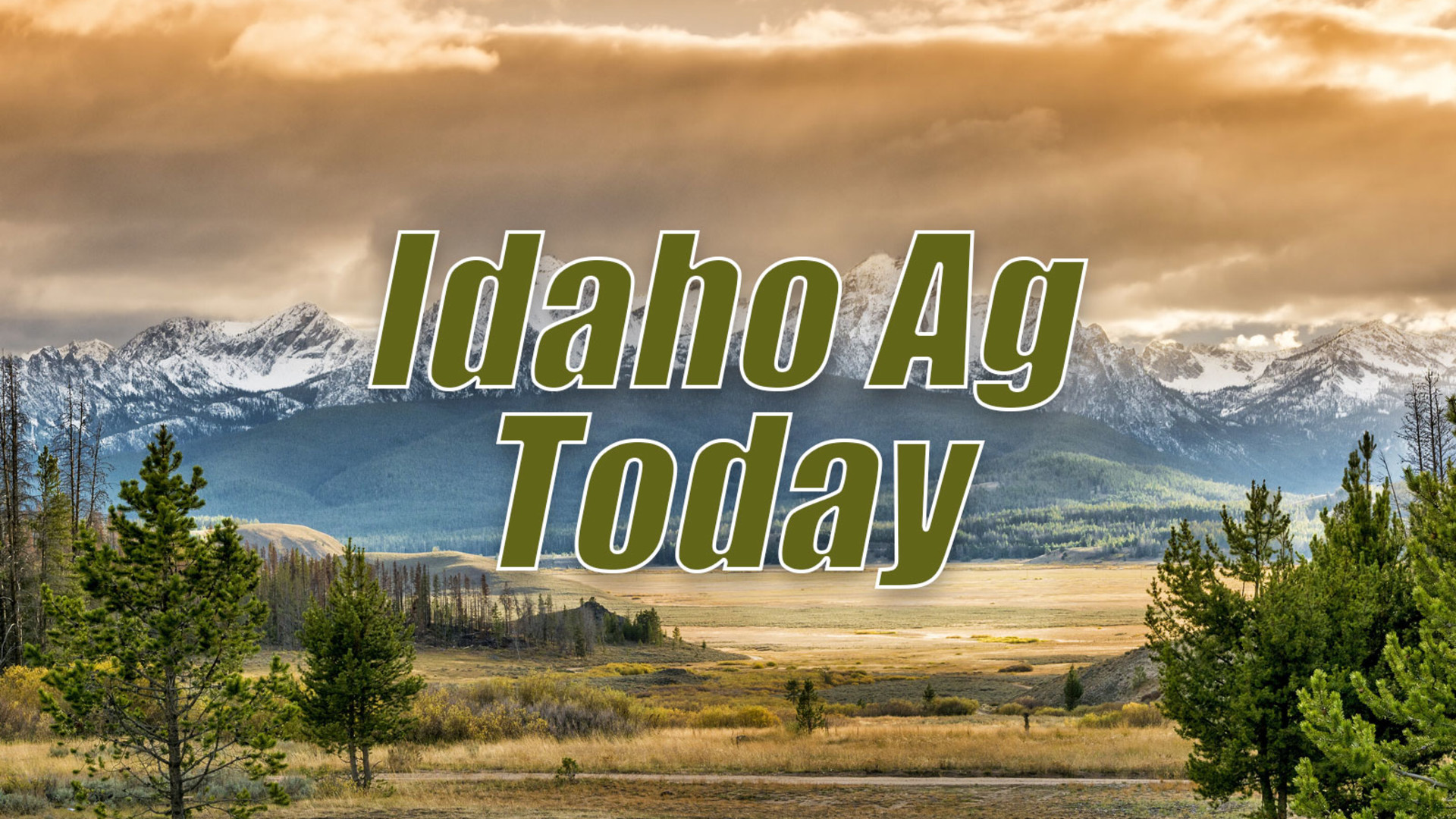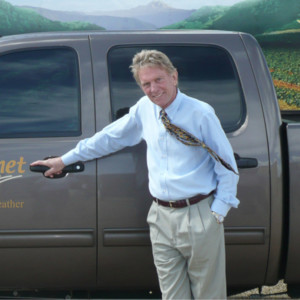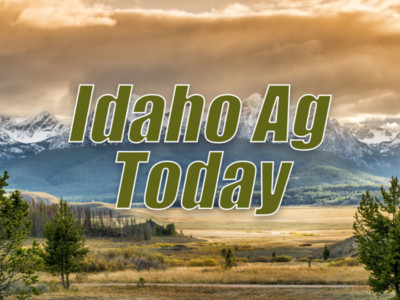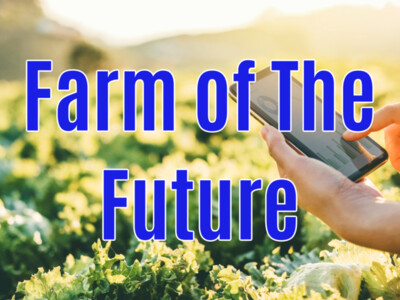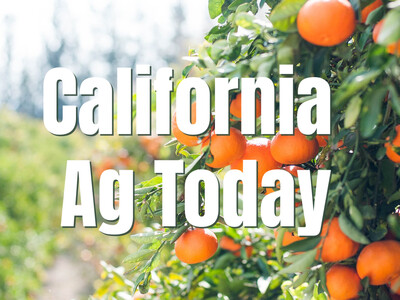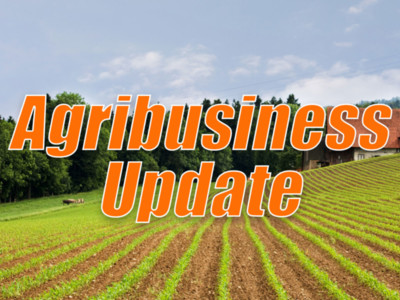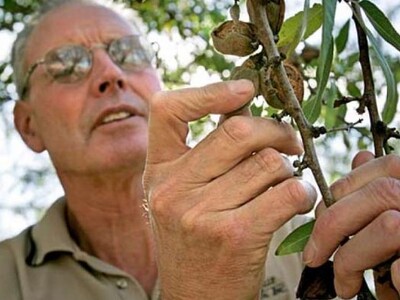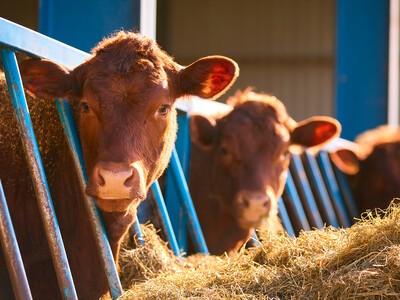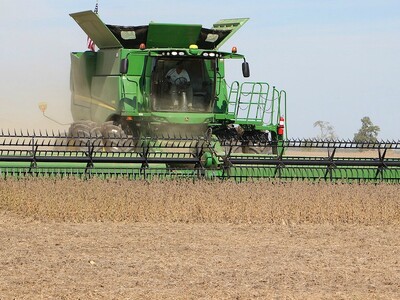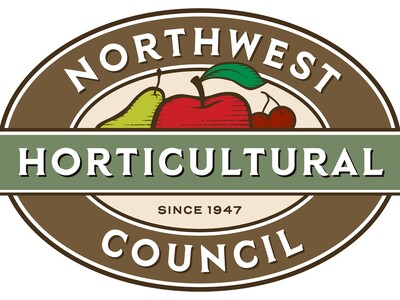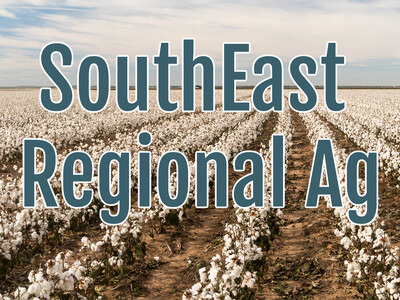Cattle in Idaho
The cowboy and ranching lifestyle in Idaho is not dying off. It’s just hard to see it from the road.To be sure, there are fewer ranchers, and cowboys and cowgirls, in Idaho than in past years.
But there are still plenty of people living the ranching lifestyle in Idaho. According to the 2022 Census of Agriculture, there were 7,259 livestock producers in Idaho during the 2022 census year.
There are about 2.5 million cattle in Idaho. That’s more cows than people and it’s not hard to see cows grazing from virtually every road in Idaho.
According to Cameron Mulrony, executive vice president of the Idaho Cattle Association, cattle is the only agricultural commodity that is statistically significant in every county in Idaho.
“Idaho’s cattle industry is a big part of the state,” he said. “It has a huge impact on Idaho agriculture from a financial standpoint….”
Idaho’s cattle industry is very important to the state’s overall economy. Idaho ranching operations brought in $2.9 billion in farm-gate revenue in 2024, according to an estimate by University of Idaho agricultural economists.
That ranks cattle and calves as the state’s No. 2 agricultural commodity in terms of farm-gate revenue, which is what farmers or ranchers receive for the commodity they produce.
In Idaho, the “cattle and calves” industry ranks only behind milk, which brought in an estimated $3.8 billion in farm-gate revenue in 2024. Since milk cows also eventually enter the beef chain, Idaho’s overall cattle industry is humungous and has a very large impact on the state’s economy.
Idaho’s cattle industry is about more than just raising cows and calves. The entire segment of the industry is well represented in Idaho.
“Idaho has all sectors of the industry and not all states have that,” said Idaho Beef Council CEO T.K. Kuwahara. “We have amazing seed stock producers, cow-calf producers … stockers, feed yards, auctions, processing, and also value-added – food manufacturers. The whole gamut.”
In addition to the state’s more well-known ranching community, Idaho’s cattle feeding industry is easily recognized as one of the top 10 in the nation, according to Mulrony.
When combined, all those sectors of Idaho’s cattle industry have an impact on the state’s economy that almost assuredly numbers in the tens of billions of dollars.
That said, Idaho’s cattle industry does much more than underpin a large segment of the state’s economy. It also underpins the way of life here.
“Ranching and the cattle industry are strong, bright threads woven all through the economic and cultural fabric of Idaho,” said Idaho rancher Paul Marchant. “Since the state’s early settlement, cattle have played a vital role in the culture and economy of most of Idaho’s rural communities.”
Marchant ranches in an area known as The Basin east of Oakley.
With all due respect to the state’s famous tuber, he said, “Idaho’s image has always been linked to the rugged, independent spirit and courage of the men and women who make their living raising cattle in the state’s outback. From her rugged, snow-capped mountains and aspen-filled valleys to her vast sage-covered high desert country, Idaho is, and always will be, cowboy country.”
In Idaho, ranching and the cattle industry are the state’s lifeblood, said Buhl rancher Celia Gould, the former director of the Idaho State Department of Agriculture.
“It’s not just about raising cattle,” she said. “It’s about our traditions, our western lifestyle.”
She said ranching involves a lot of work and most people do it because they love it and not necessarily for the pay. But one still has to pay the bills.
“Obviously we have to make a living, too, and it’s got to be a business,” Gould said. “You have to have some sharp pencils and make good business decisions.”
However, she added, there’s no better life.
“How many other jobs are there out there that when you’re working, you have your family with you?” she said. “This is the job that you do because you love it.”
“It’s not uncommon to see three generations (of ranchers) working side by side on the same landscape,” said Filer livestock producer Jared Brackett. “You don’t see that in a lot of other industries.”
“It’s a lot of work and most people that are in it, they absolutely love what they do,” said Steven Taylor, who represents the auction market side of the industry for the Idaho Beef Council. “They take great pride in caring for the animals.”
“It’s not the most glamorous job sometimes, being out in the muck and wind and snow and taking care of a cow,” he said. But, he added, “I get to work with the coolest people around, the best people in the country.”
Mulrony, who runs cows in Wilder, said the ranching lifestyle is also a great way to raise a family and teach kids some valuable life lessons.
“I feel it really teaches kids about life,” he said. “You go through the whole process on the ranch, everything from the calf to the plate, and those kids learn a lot about life. It’s a great lifestyle.”
Besides being a big part of the state’s economy and a great way to live, ranching also provides benefits to every Idahoan in helping to manage the open spaces and beautiful scenery that have contributed to Idaho being one of the fastest-growing states in the nation.
Most of Idaho is public land, either owned by the state or federal government, and many ranchers graze their cows on that land. Public lands grazing contributes greatly to helping preserve and protect those lands, Brackett said.
“You can do a whole story on the positive effects of livestock grazing on federal, state and private grounds,” he said. “Cows take low-quality forage that you and I can’t digest and turn it into high-quality protein in the form of meat. That’s a huge success story.”
Cows not only help control invasive weeds, they can also reduce fine fuel loads through grazing, helping prevent or slow wildfires.
“If you have less material, even if it does burn, you’re going to have … maybe a little slower burn and less fire in general as far as total acres,” Mulrony said. “That is a huge tool that they provide when done properly.”
Because ranchers want green grass and fresh water on their grazing allotments, this also benefits wildlife year-round, he said.
“With cattle, you have good land managers, people who are invested in the land,” Mulrony said. “It’s really a significant impact that cows provide to public lands through grazing.”
With beef prices at all-time highs, it’s generally a good time to be raising cattle right now. But while prices are up, so are costs.
“Our costs have gone up significantly, just as the average consumer’s prices have gone up at the grocery store when they go to buy that pound of hamburger or T-bone steak,” said Brackett. “It costs us more to produce it. And not just a little bit more, but considerably more.”
“Yes, it’s a good time to be a cow-calf producer, but to say we’re facing record booms is (not accurate),” he added. “We’re doing well, but if you adjust for inflation, probably not as good as the last time prices went up high.”
“The cost of everything has gone up; literally everything,” said Taylor.
Right now, cattle inventories are down and beef prices are good, but that’s not always the story, Gould said.
“There are a lot of years it’s hard to make a living,” she said. “And you’re up all night with a calving heifer … there are a lot of things that can go wrong, so you have to be dedicated to this lifestyle and you have to love it.”
Marchant said the ranching lifestyle is really a privilege for those involved in it.
“It’s a proud and rich heritage—one of which I’m proud and humbled to be a part,” Marchant said. “It’s a blessing and a privilege to raise a family in ranch country.”

